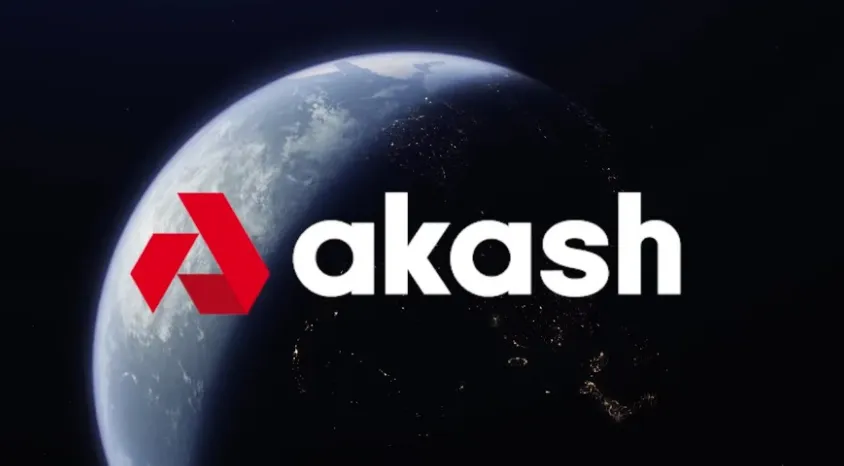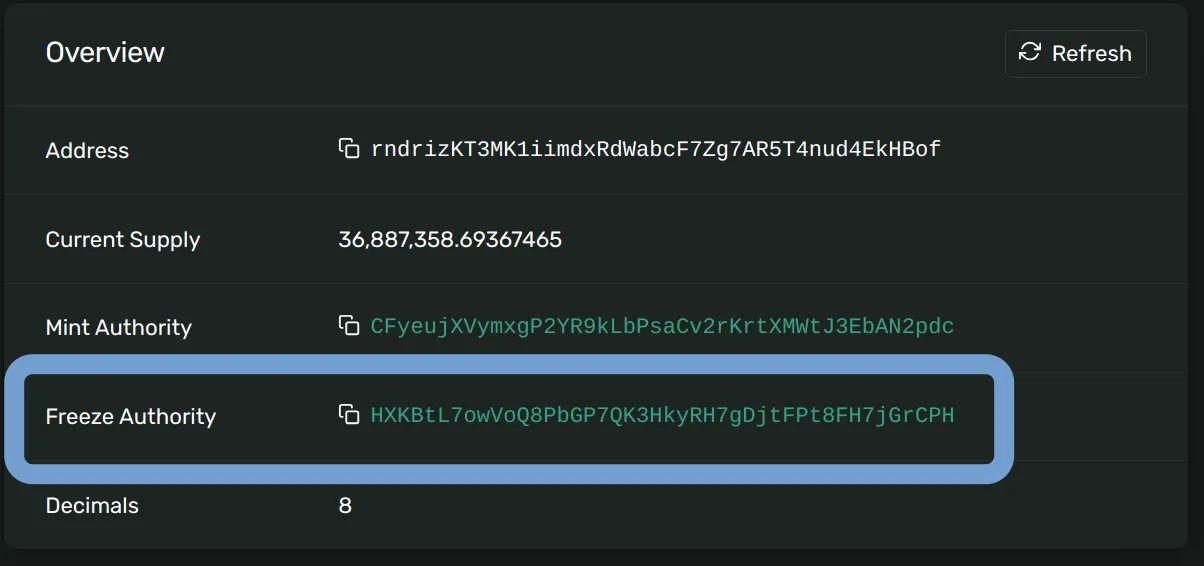Crypto is already disrupting the financial sector. Could telecommunications and cloud providers be next?
In this article we'll discuss the potential of Decentralized Physical Infrastructure Networks (DePIN) to transform our infrastructure, as well as some possible pitfalls to watch out for.
Crypto Evolution
Bitcoin was the first use case of a decentralized blockchain. It allowed us to transfer money peer-to-peer without trusting an intermediary, like a bank.
However, since then, very smart people have come up with other ways to harness the power of trustless public ledgers so that we can operate even more efficiently.
Since Ethereum's launch in 2015 we've seen the creation of decentralized exchanges (DEXs), lending protocols, non-fungible tokens (NFTs), and decentralized autonomous organizations, and they are revolutionizing the way we plan our economy and organize ourselves.

In recent months a crypto sector called DePIN has been gaining traction, and it involves using crypto incentives to roll out physical infrastructure.
In this post we'll cover some projects that are building out decentralized wireless and compute infrastructure, and where you can find their respective tokens.
Keep in mind that there are several other DePIN use cases in development such as decentralized storage, mapping, and ride sharing services, and we may cover those in future articles.
Wireless
For decades cellular infrastructure (3G/4G/LTE/5G) has been centralized and under the control of a few major players, such as AT&T, T-Mobile, and Verizon in the United States.
But what if we could decentralize these wireless networks, so that they were owned by a community, rather than a corporation?
Originally famous for implementing the first decentralized LoRaWAN network for low bandwidth IoT devices, Helium has expanded to incentivizing the rollout of 5G radios and wireless hotspots to increase coverage for their subscribers.

Unlike centralized solutions, the idea behind Helium is that anyone can purchase a 5G radio or wireless hotspot to provide additional coverage to the network.
Using advanced cryptography, these devices send proof of coverage to a decentralized blockchain, and are rewarded in MOBILE tokens for providing coverage to the network's customers.
Building on the success of Helium, XNET is another DePIN project that is using crypto incentives to spur the rollout of cellular coverage in the United States, with plans to expand to more countries in the future.
Not only can we use crypto incentives to enhance cellular coverage, they can be used to improve access to WiFi as well. For example, WiFi Map is rewarding users in WIFI tokens for contributing up-to-date information about WiFi hotspots in their local areas.
Helium's tokens are available on Solana's Orca DEX, whereas both XNET and WIFI tokens can be found on the Polygon blockchain using DEXs like Sushiswap and Quickswap.
Compute
Currently most data centers are controlled by centralized players such as Amazon Web Services and Microsoft Azure. However, some of their DePIN competitors are starting to creep up on them.
Golem was the first decentralized compute project launched on the Ethereum blockchain back in 2016. They conceived the idea of using a token to incentivize the decentralization of compute power.
Akash is another decentralized compute network in the Cosmos ecosystem, where people are rewarded in the AKT token for contributing their processing power to the network. That power can then be used for anything from hosting validators to mining other cryptocurrencies.

Render Network, which recently migrated to the Solana blockchain, is another decentralized compute network that is harnessing the power of underutilized GPUs by rewarding their owners in the RNDR token for rendering the frames of movies, stadium graphics, and 3D NFTs.
You can find the AKT token in Cosmos' Omsosis DEX, and the RNDR token is available on the Orca DEX in Solana.
Caveats
One thing to keep in mind with these DePIN projects, specifically on Solana, is that some have freeze authority configured. This means that the team could suspend someone's tokens at anytime if they deemed it necessary, or if they were pressured to by an authority.

Despite that possibility, the benefit of having the token on a transparent blockchain is that we would know immediately if anyone's tokens were frozen, and the community would be able to discuss it openly, unlike in traditional finance where transactions are completely opaque.
We must also keep in mind that the tokenomics behind these projects are still in an experimental stage. For example, some projects have allocated themselves a large portion of the total token supply, which could negatively impact not only token price, but governance decisions in the future.
Consider too that while some projects have most of their tokens in circulation, others have only released a small percentage of them into the market. Both methods come with trade offs, and competitors could launch new networks after learning from the mistakes of their predecessors.
Conclusion
Using cryptocurrency incentives, we can build out more resilient and cost-effective networks that compete with incumbent centralized players.
The projects mentioned in this article are just a small sample of the work being done to rollout decentralized infrastructure in a variety of industries, and we may write about others in future posts.
Remember the caveat that these blockchain tokens may not be 100% censorship-resistant. Moreover, their token economics are still in an experimental stage, leaving the possibility that competitors could surpass their network effects in the future.
As we progress into 2024, the prospect of lower interest rates and further expansion of the fiat money supply will likely funnel more capital into crypto, and provide even greater incentives to rapidly rollout these DePIN networks.
If you enjoyed this article or learned something new be sure to check out my other posts here on Hive, and follow me for more frequent updates in InLeo.
Until next time...
Resources
Messari State of DePIN report [1]
Helium logo [2]
DePIN world image [3]
Akash logo [4]
Solana explorer [5]